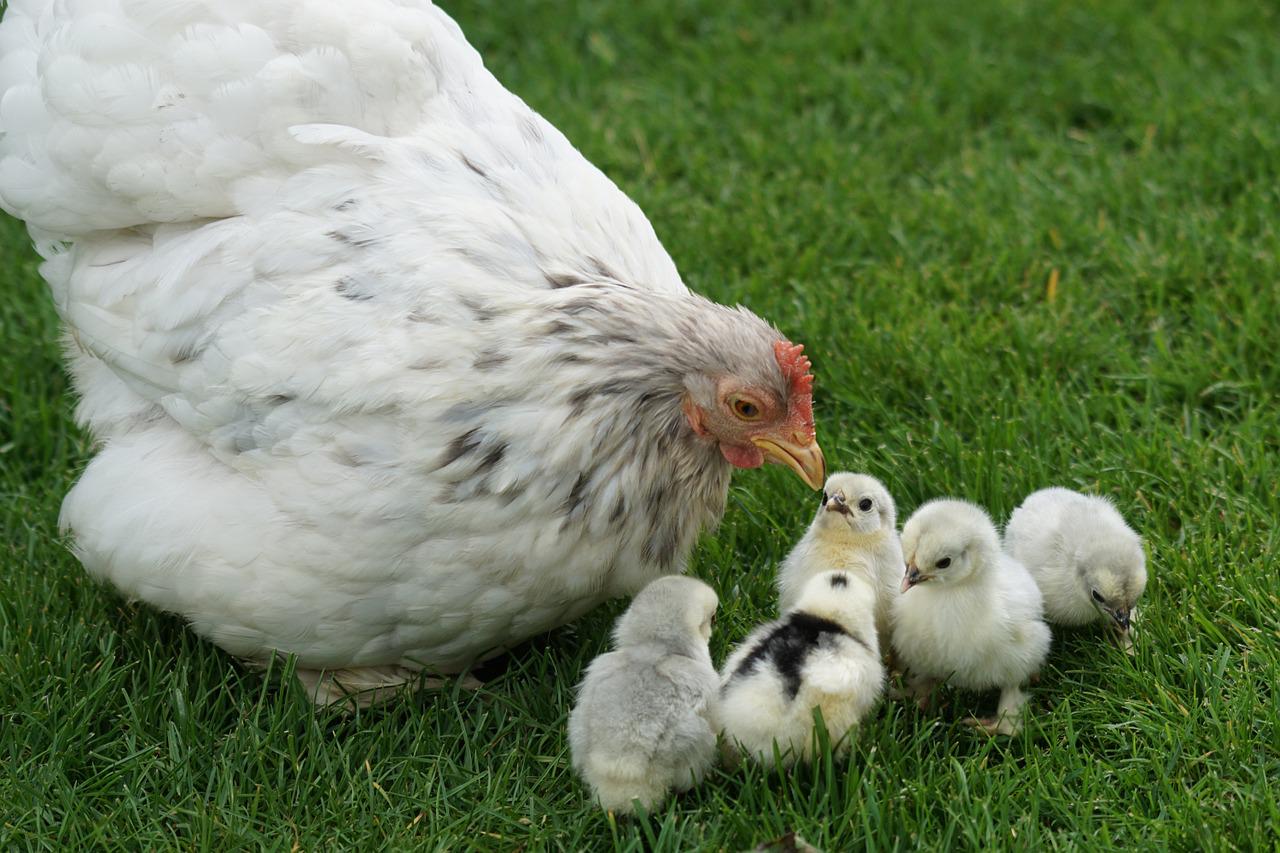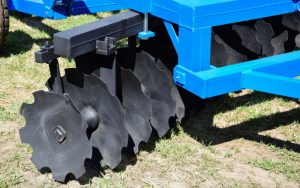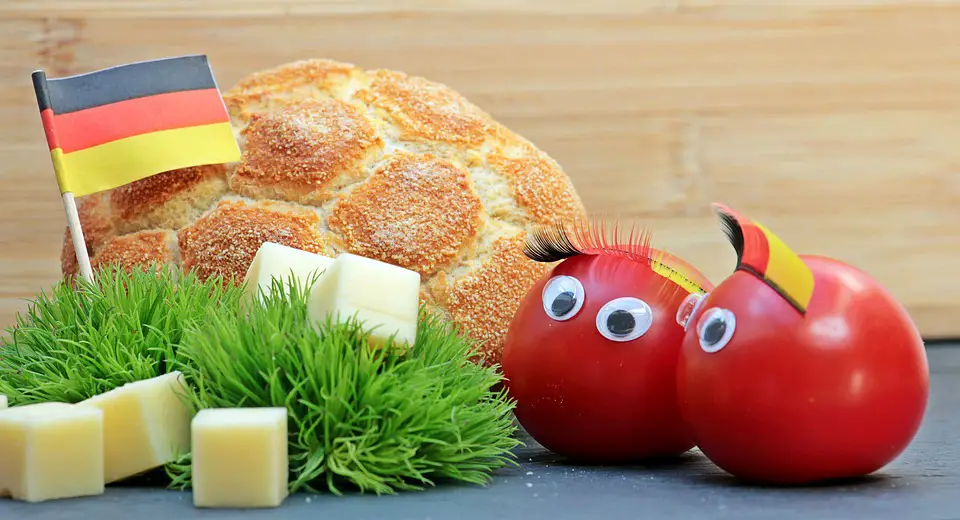Many home poultry keepers get their own birds because they are attracted to the idea of having free range animals, that are healthy and produce free range eggs and meat while enjoying freedom and a great lifestyle.
What is free range and what does it mean?
Free range poultry used to be allowed to roam across fields and farmland grazing the ground after crops had been harvested. Nowadays most free range poultry has space in gardens, orchards or small fields and similar areas where they can forage and wander freely.
Free range poultry farming
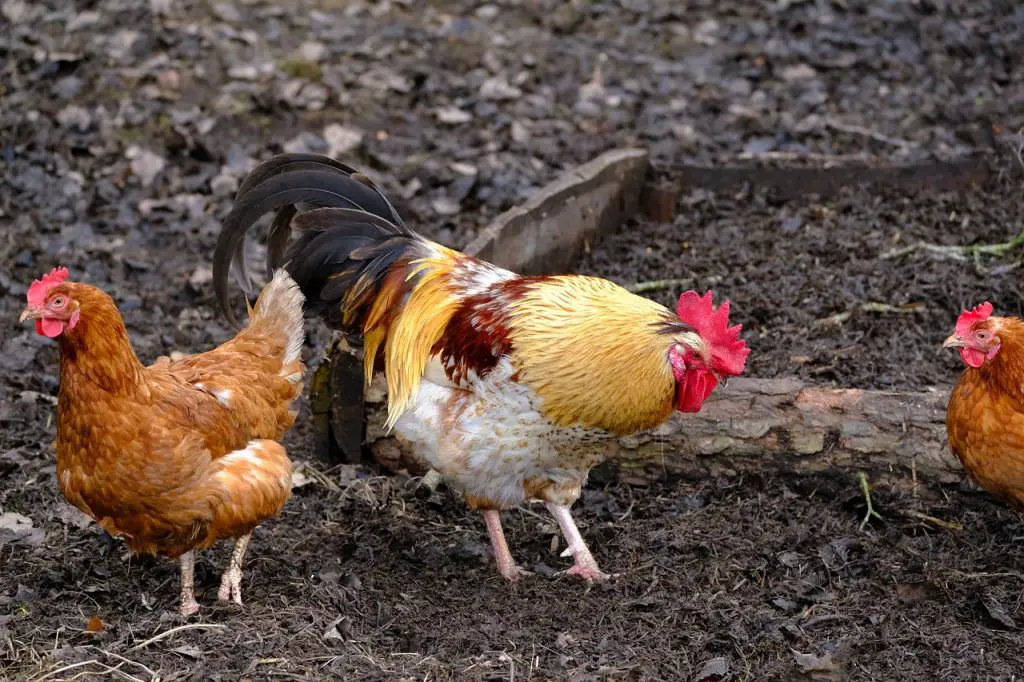
Most farmers kept flocks of chickens and other poultry that simply used to wander around and were often found on freshly harvested fields.
The birds would graze the stubble, clearing the ground, scratching it up and eating all manner of pests, insects and unwanted weed seeds.
For most birds this was their main source of food.
Often birds would be moved from field to field as required and they would always have somewhere to live in the form of a hen house which was always moved with them.
Benefits of free range poultry farming
Having what amounted to wild chickens was popular with farmers as generally they didn’t need to feed the hens, who found their own food while performing a worthwhile task of clearing the ground.
The poultry would help to fertilise the dirt in the fields, particularly if other livestock were also in the field, as their scratching and digging helped to spread manure around.
Disadvantages of traditional free range poultry farming
As the birds were free to roam, even though they had hen houses they would often fall victim to foxes and other predators and farms would lose lots of chickens over the course of a year.
Eggs were often tricky to locate as the birds would find safe places in bushes, ditches and other places where they would lay.
At collection time many eggs would be missed due to the large area that the bids had access to.
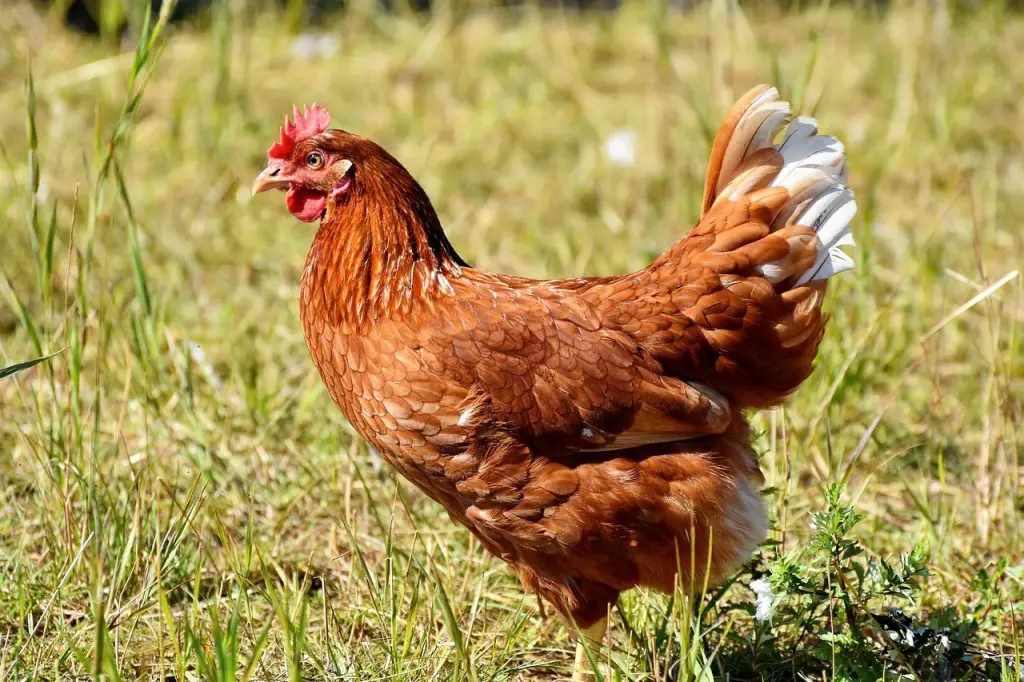
In tough winters many birds would simply die due to the cold and the costs of feeding a large flock could quickly add up and many were simply left to fend for themselves meaning that more were lost and egg production would fall.
Free range today
Pretty much free range now means the same as it always has, although nowadays most home kept poultry has access to smaller areas.
Even if you have a small garden it is possible to have free range poultry provided that you can give them some open space where they can roam and scratch the ground.
You can use a moveable hen house with an attached run to keep your birds safe and they will enjoy the free ranging that this provides them with.
[amazon box=”B06XKVL9MZ” template=”horizontal”]
What is free range legally?
Eggs or poultry that are sold as being ‘free range‘ must come from flocks of birds that are kept as follows:
- The chickens must have access to open air runs during daylight hours
- There must be enough vegetation on the grounds where the hens roam and eat
- The maximum number of birds cannot exceed one bird per every 10 square metres.
- The interior of the hen house has to conform to certain standards.
If you are keeping poultry at home for your own use then, although it would be good to try and work to these regulations, they do not become necessary until you sell the birds or eggs and say that they are ‘free range’.
Conclusion
Free range poultry keeping has been around for many years and has evolved from the large scale use of birds to clear farmland, to smaller, home based operations where chickens, turkeys and other birds are kept for eggs and meat.
There are many opportunities for homeowners to have free range birds and moveable runs and hen houses make the job of allocating space much easier.

